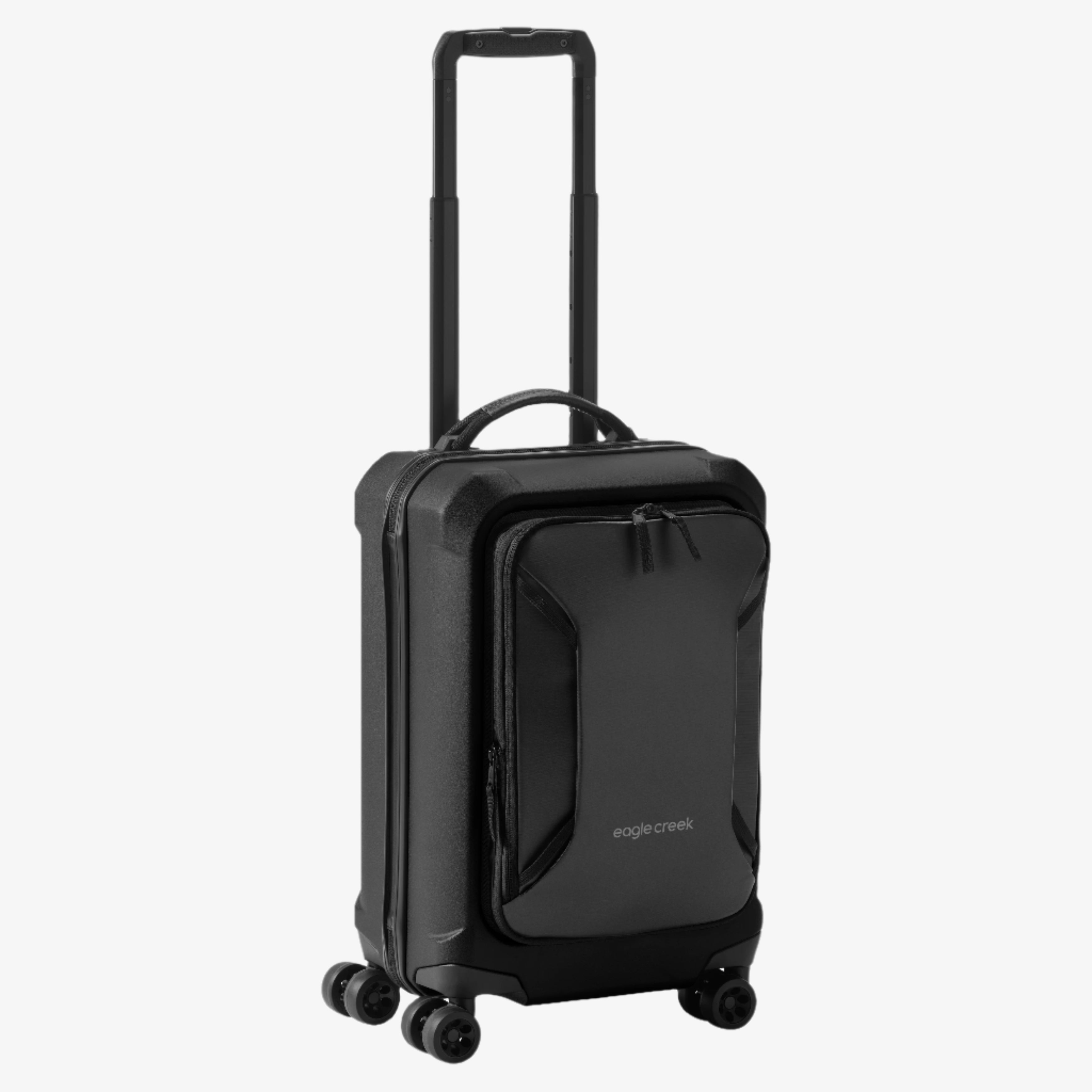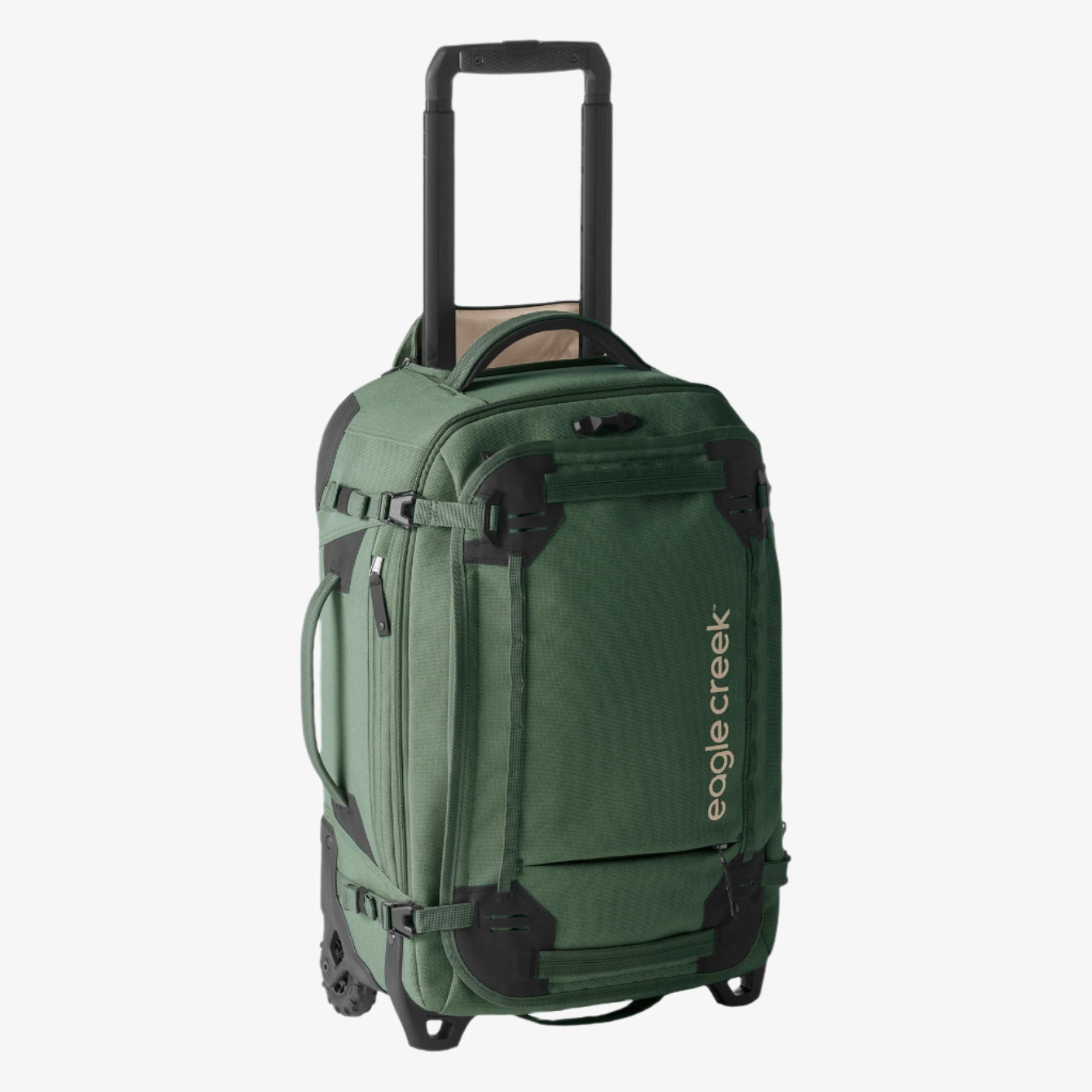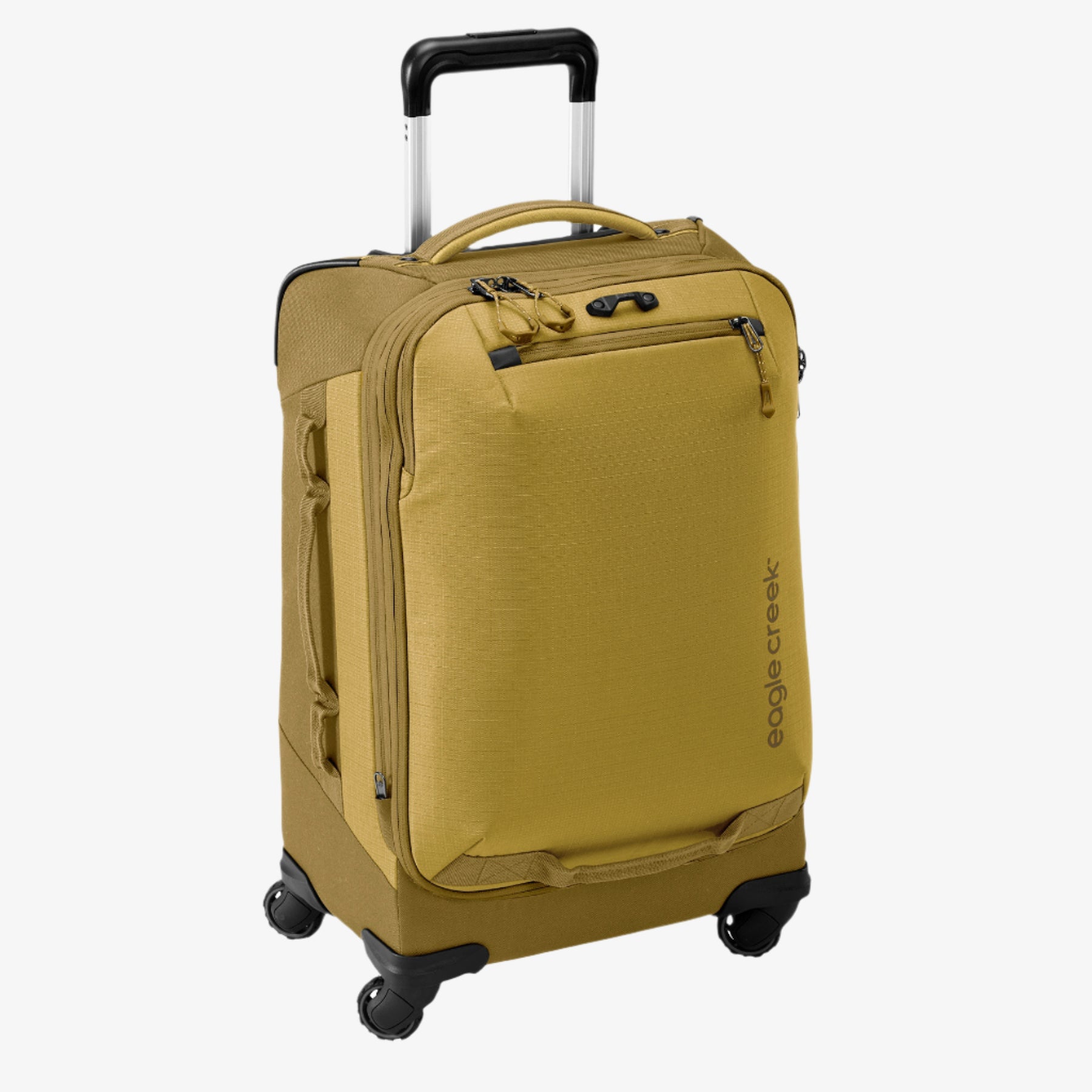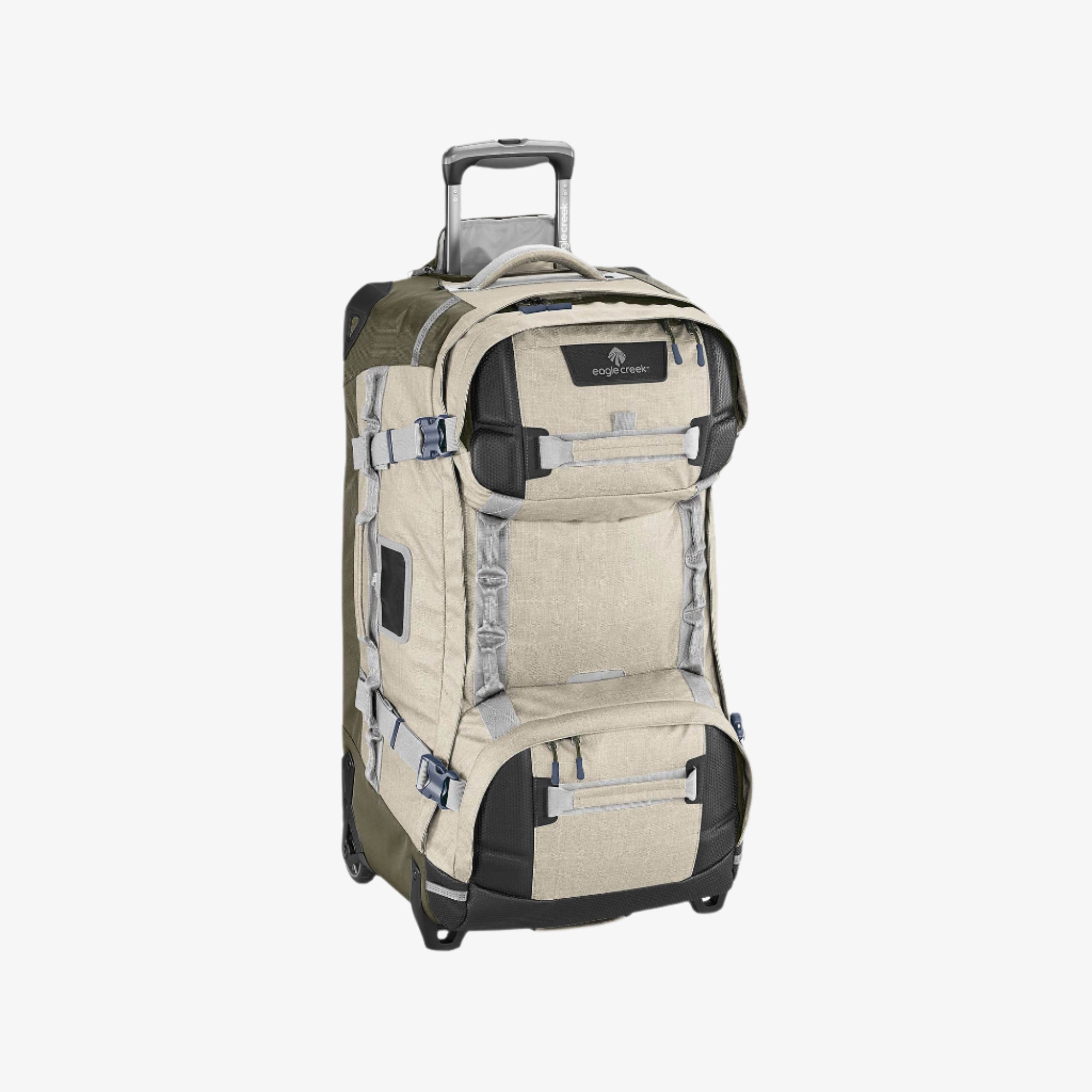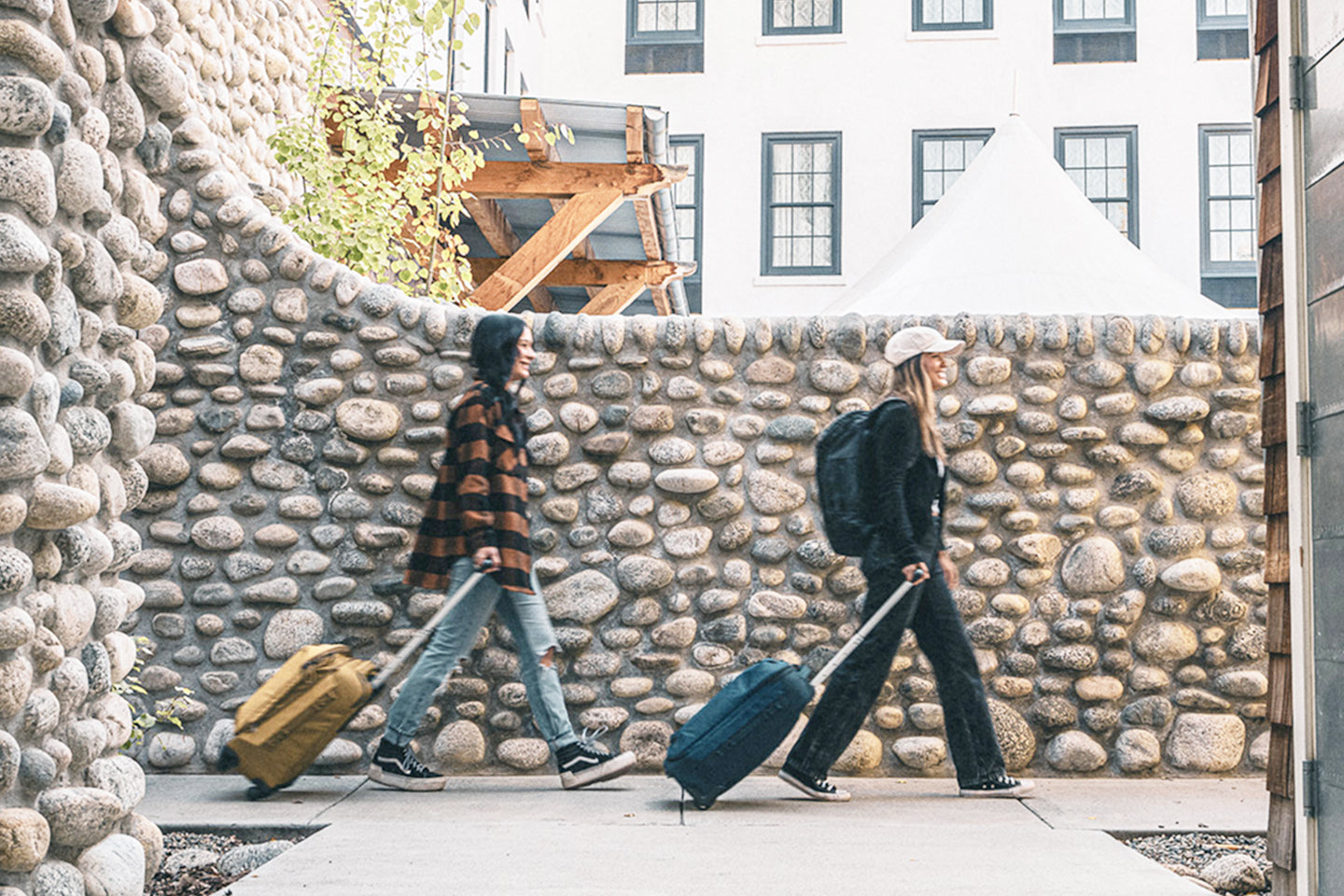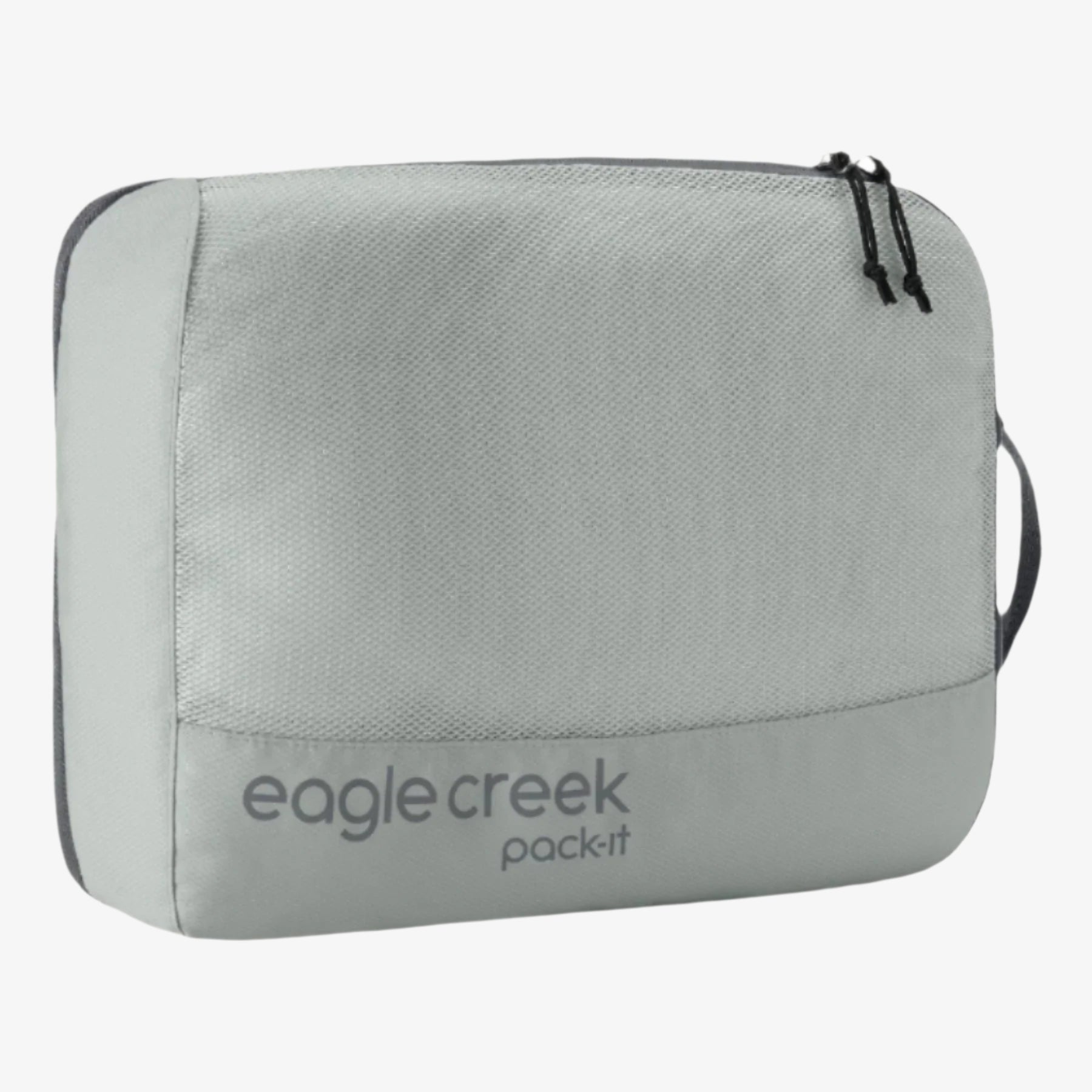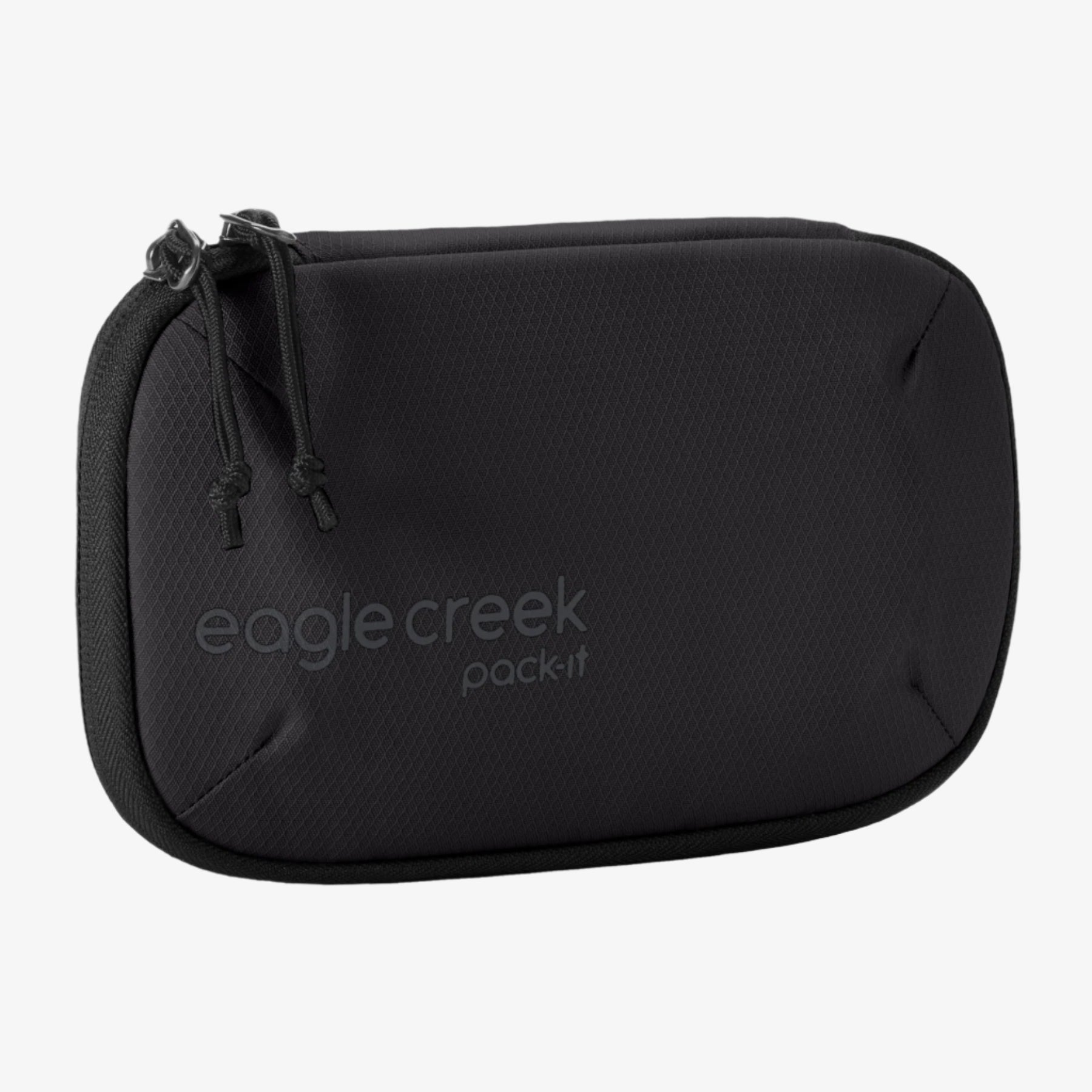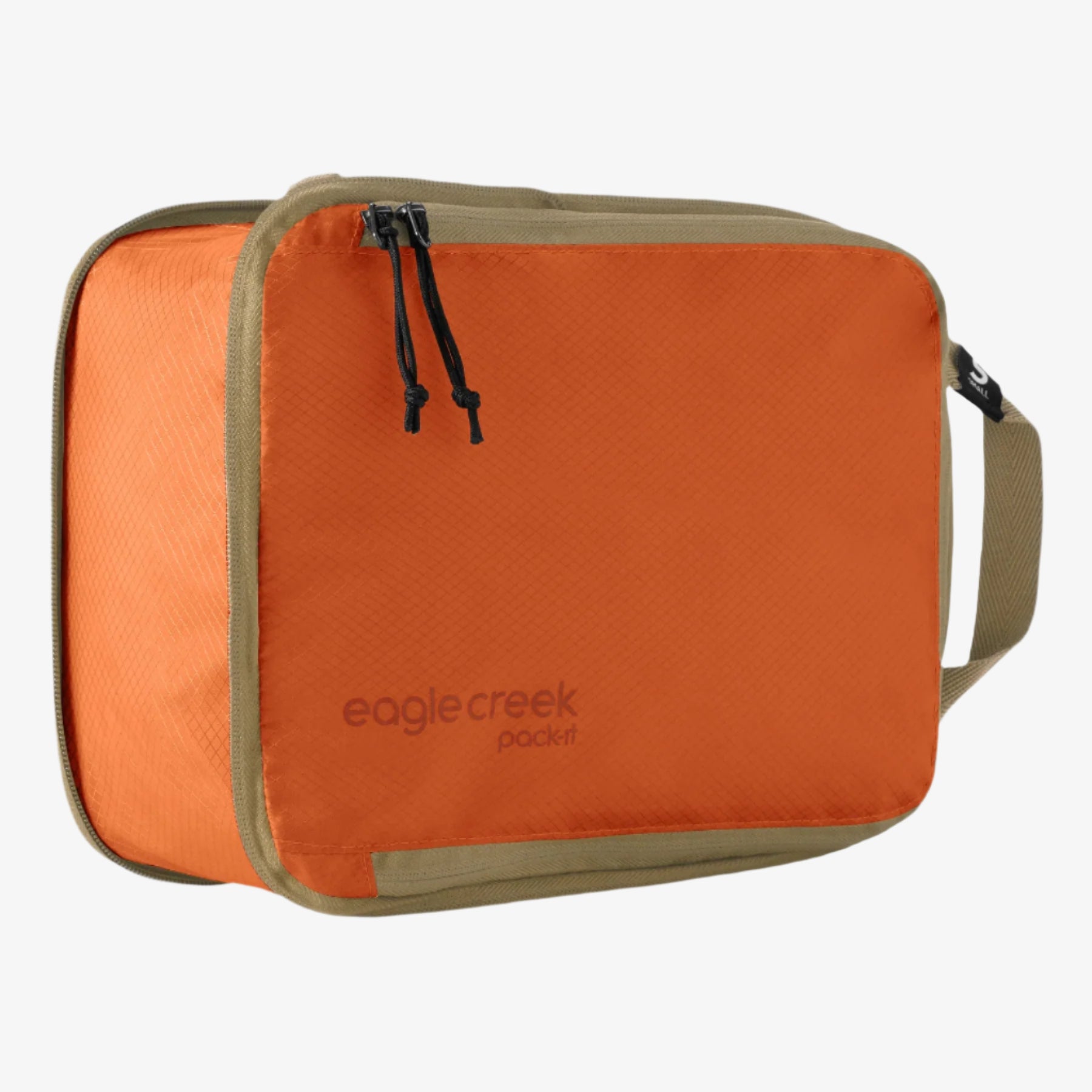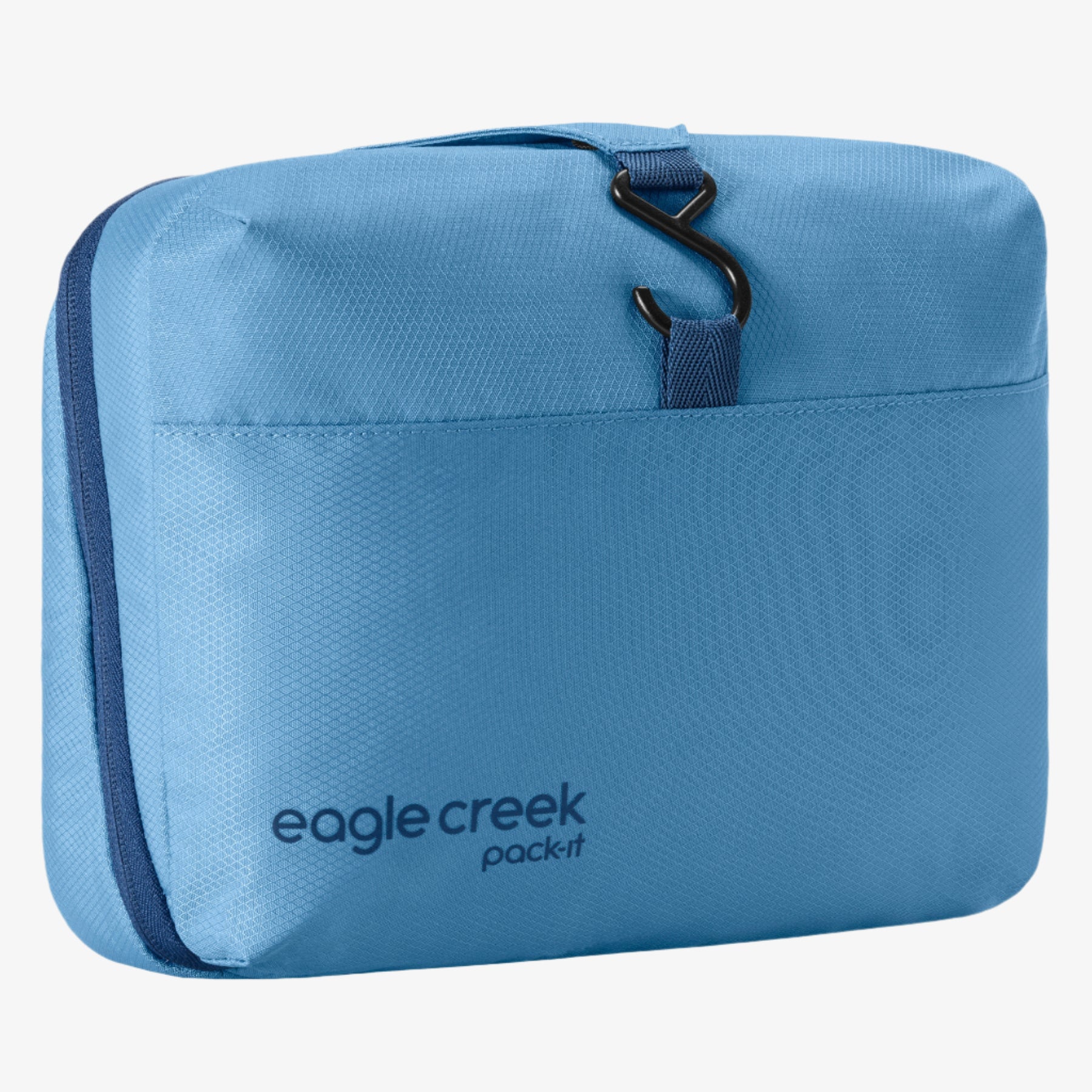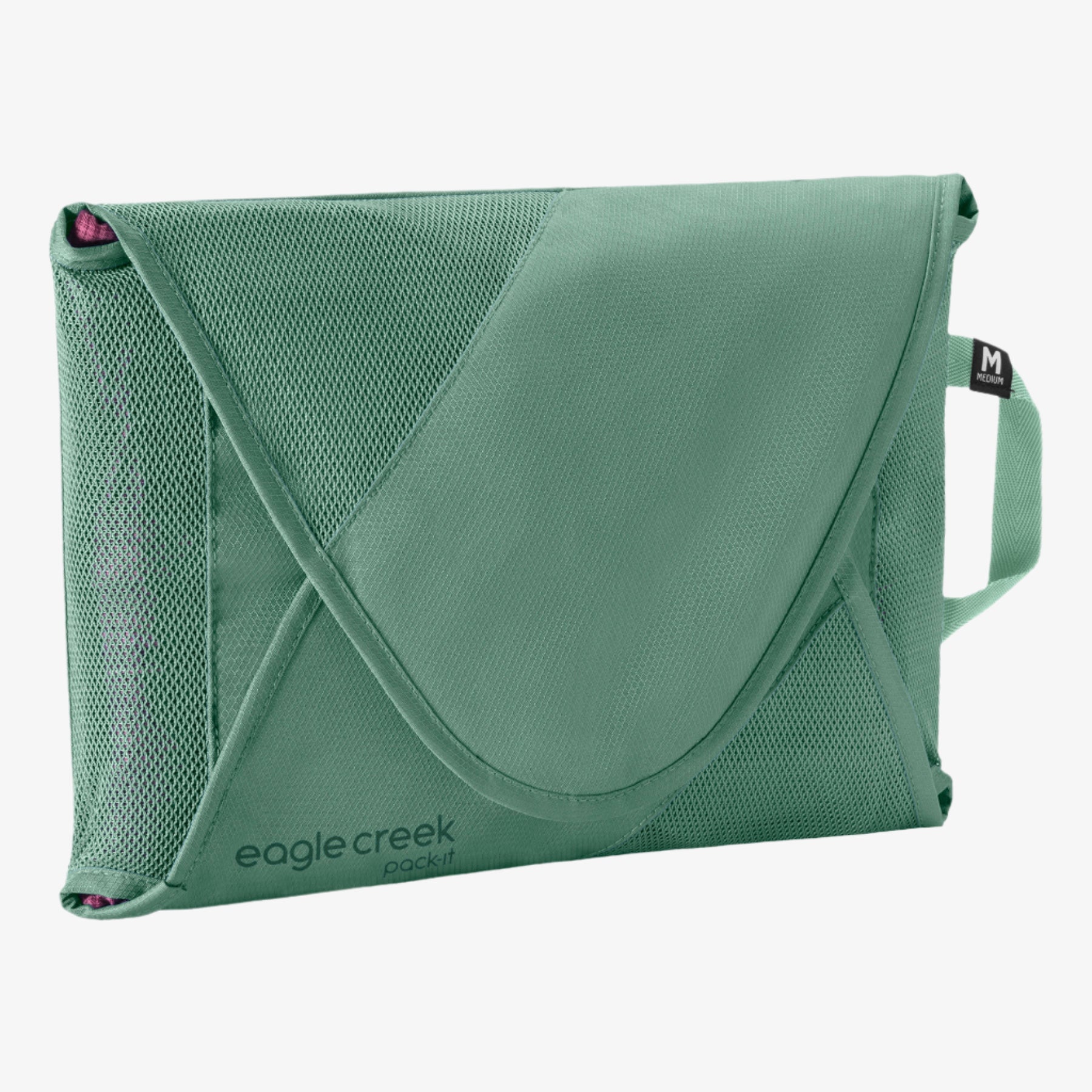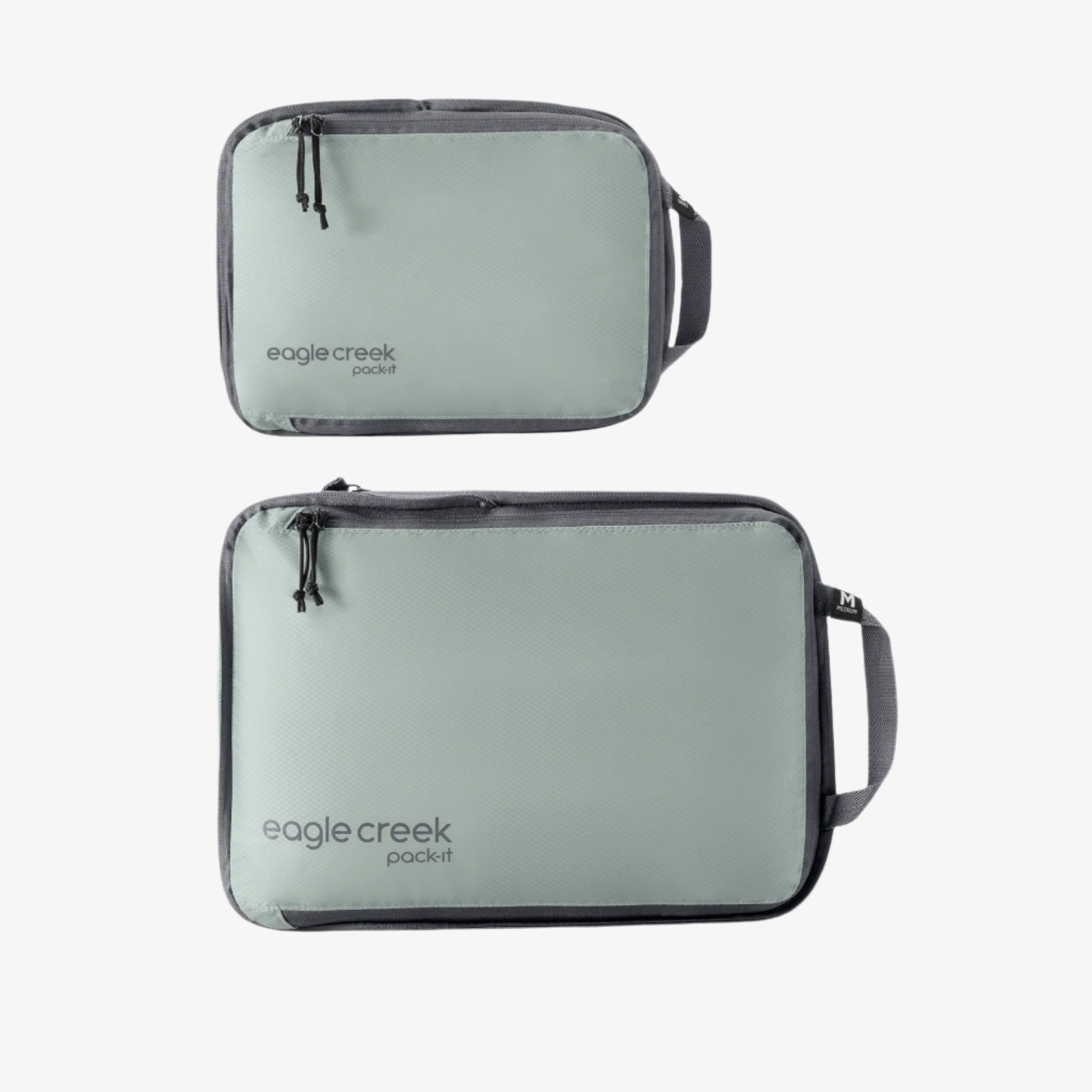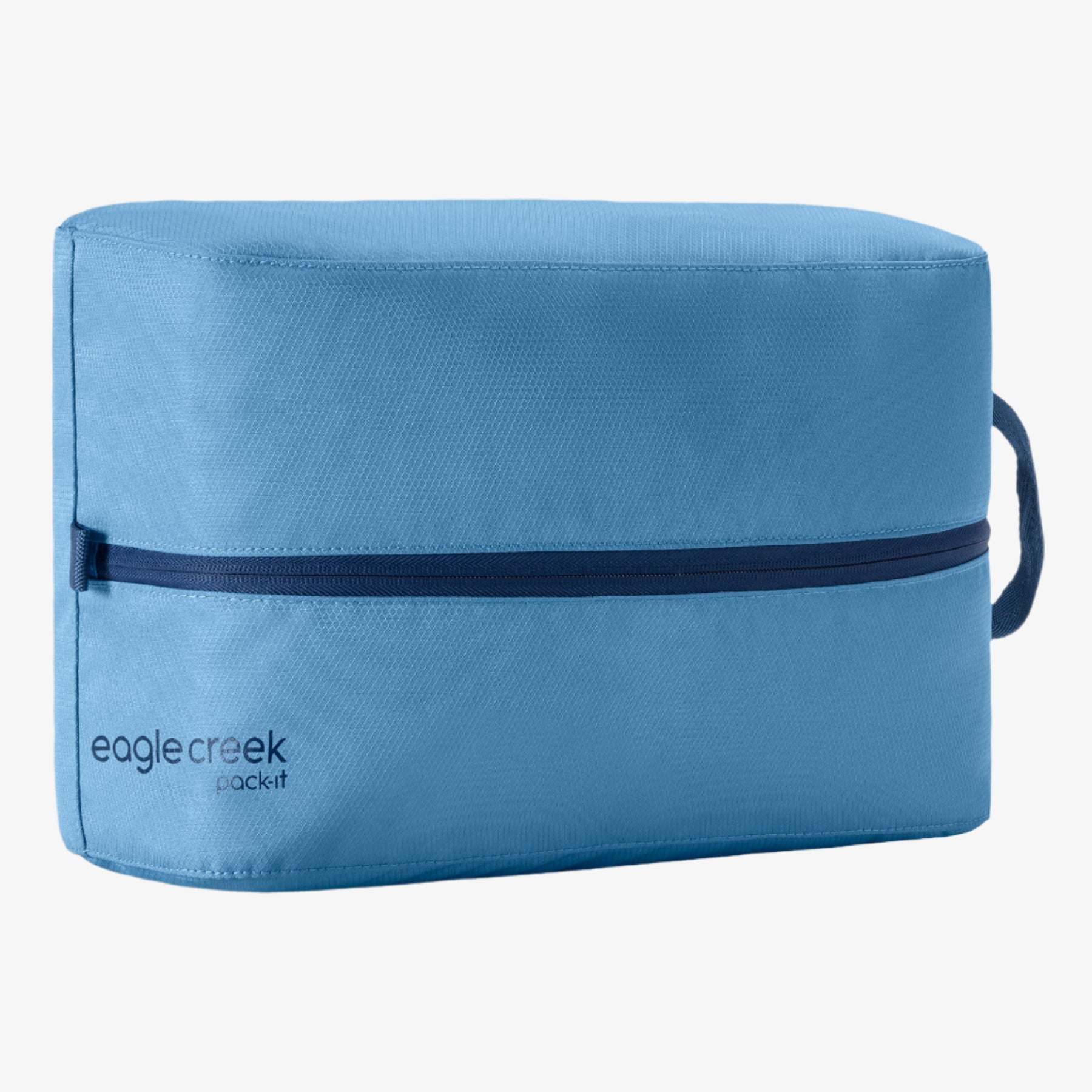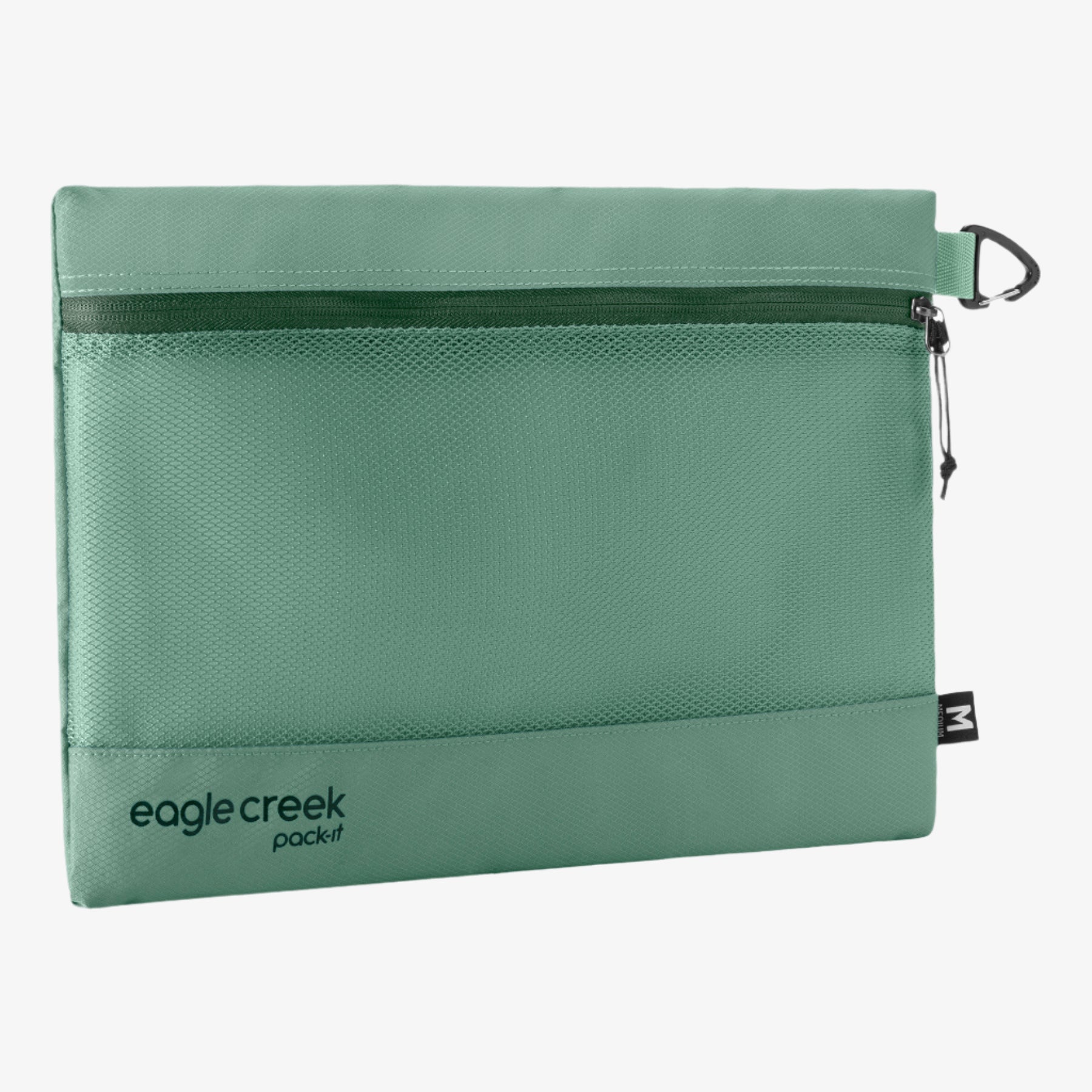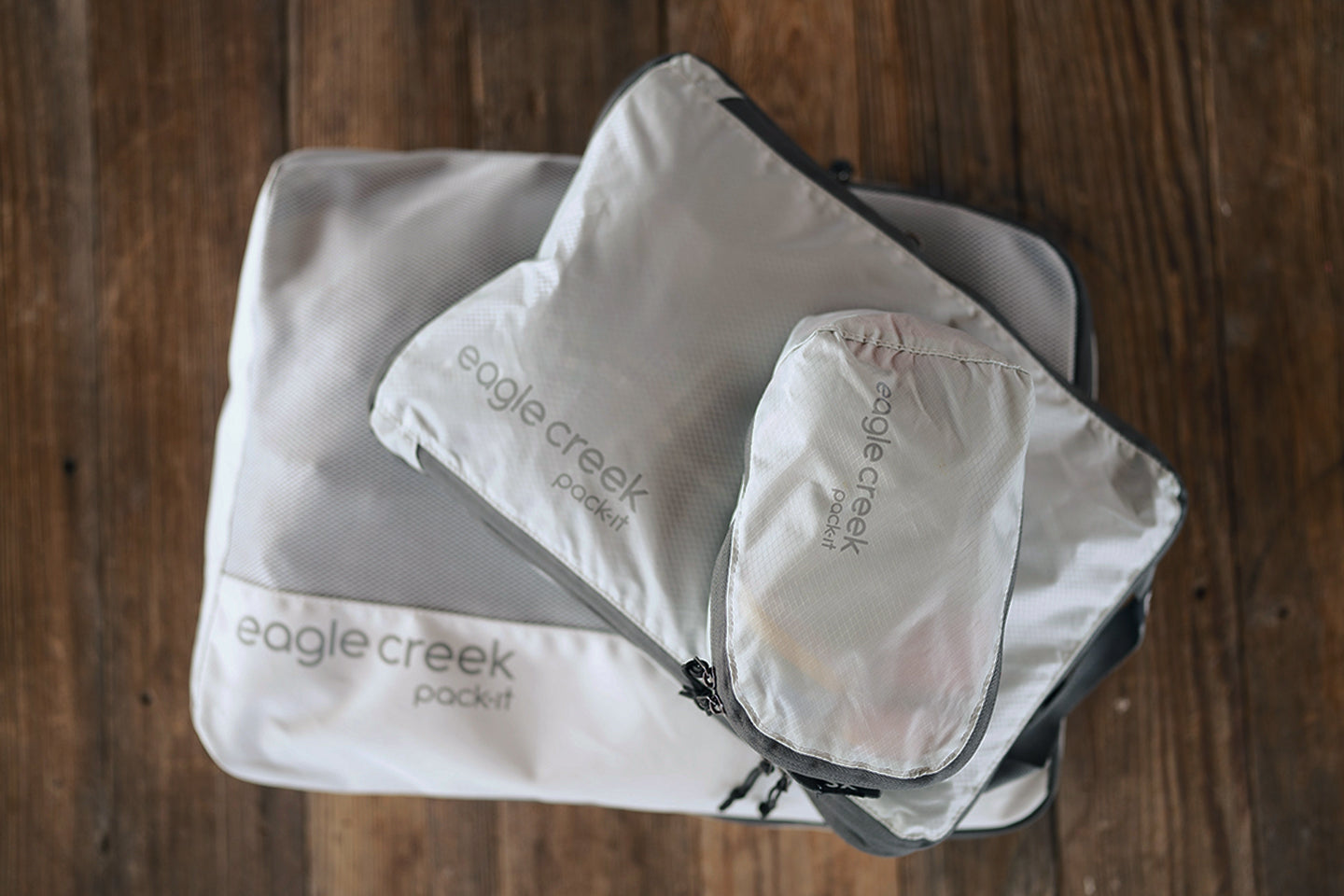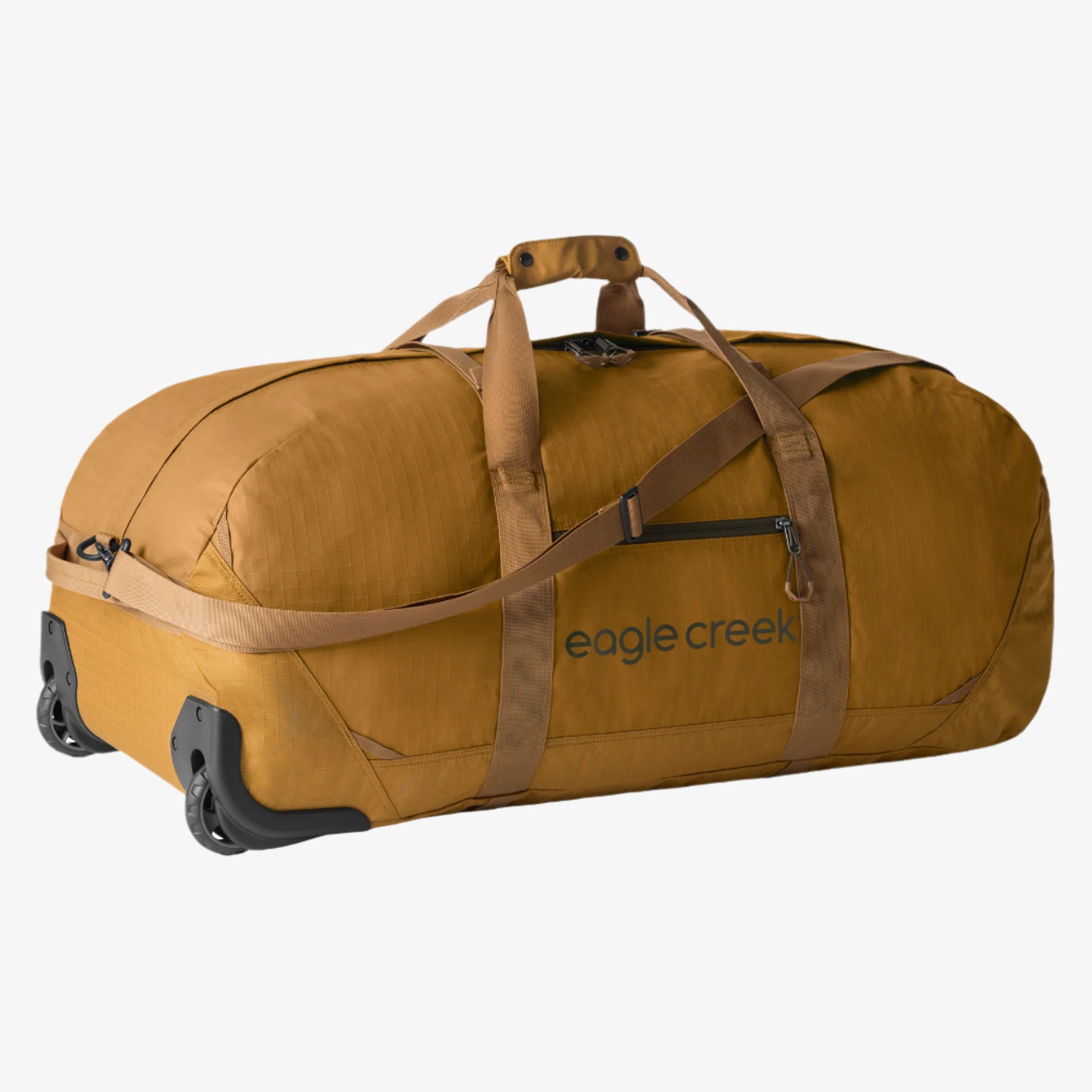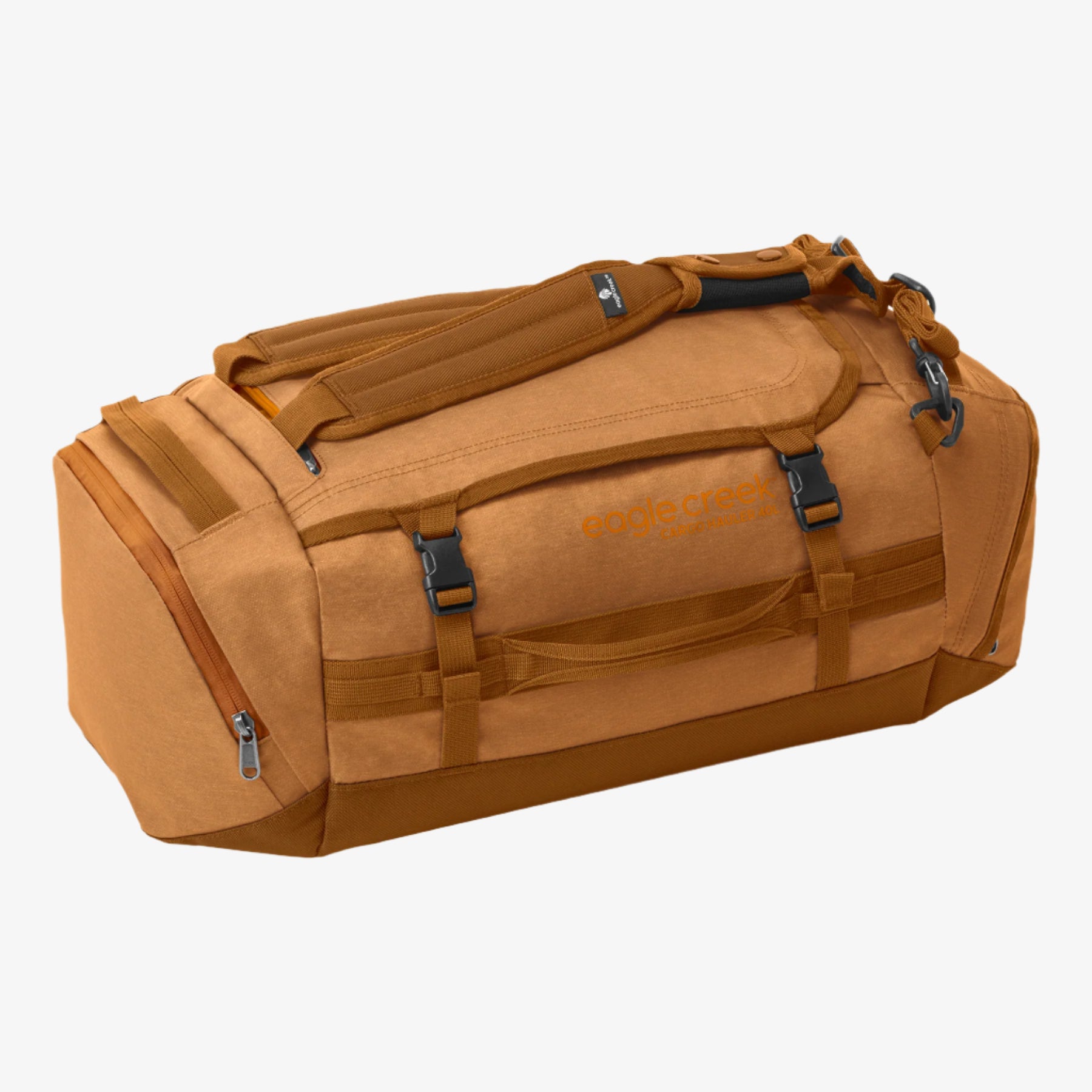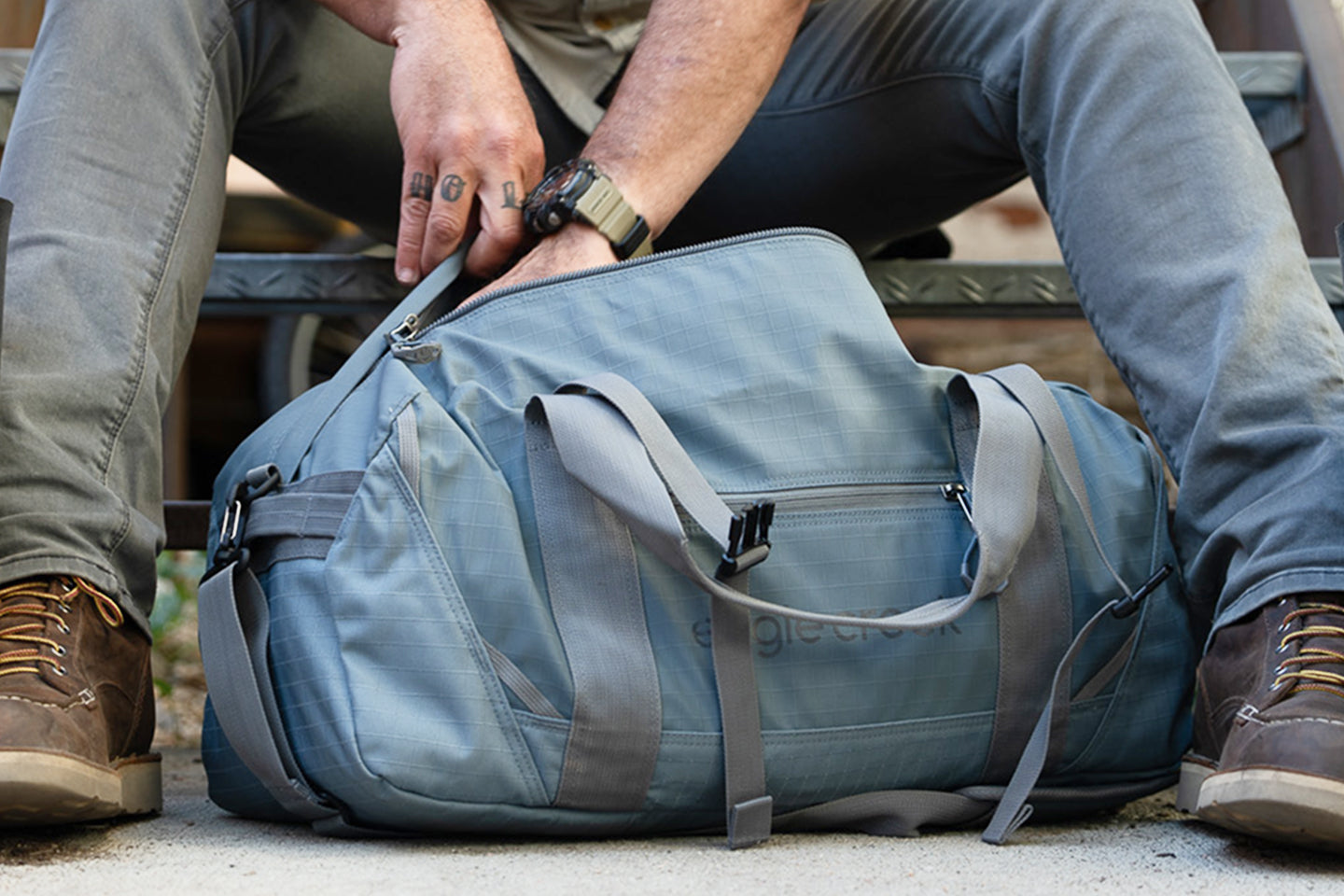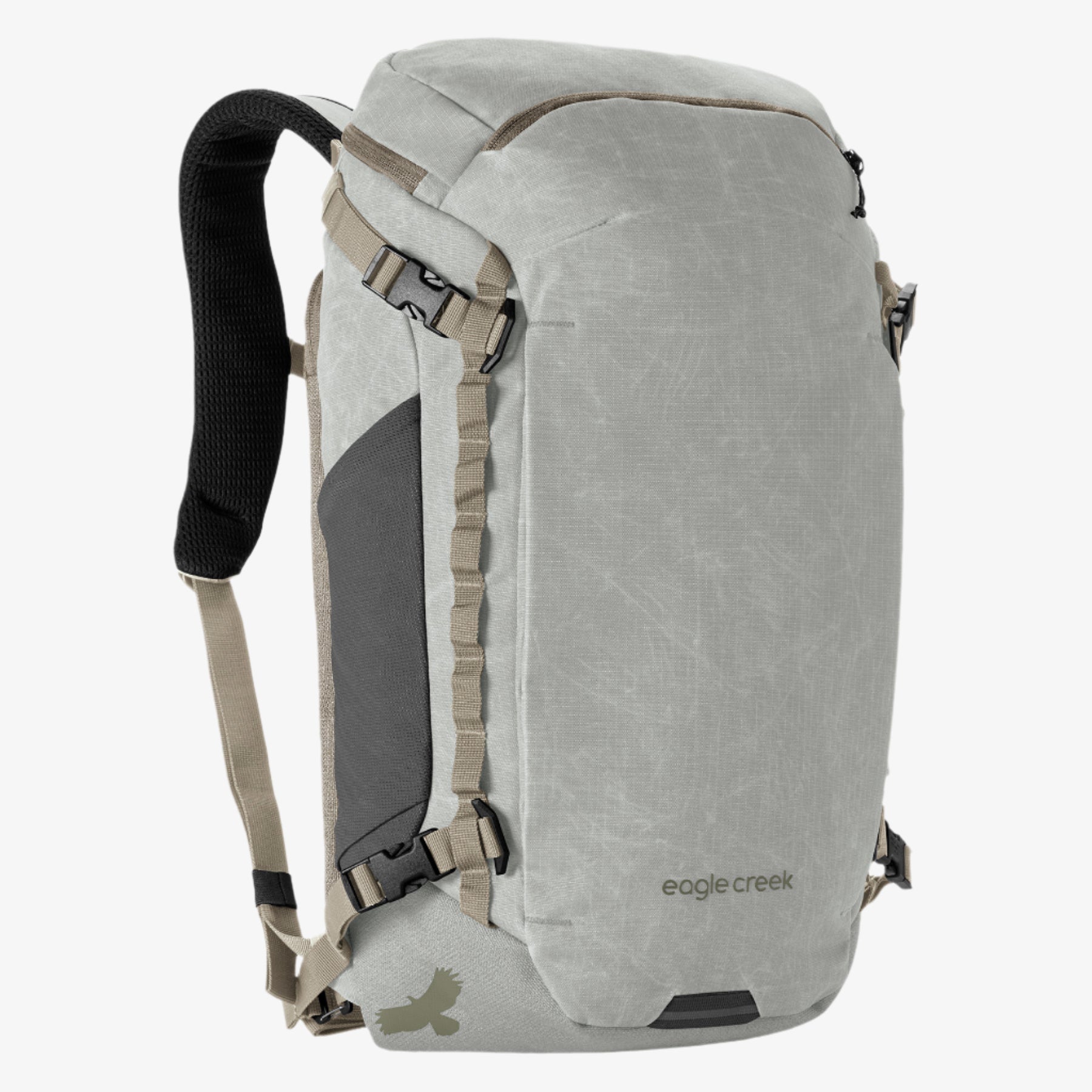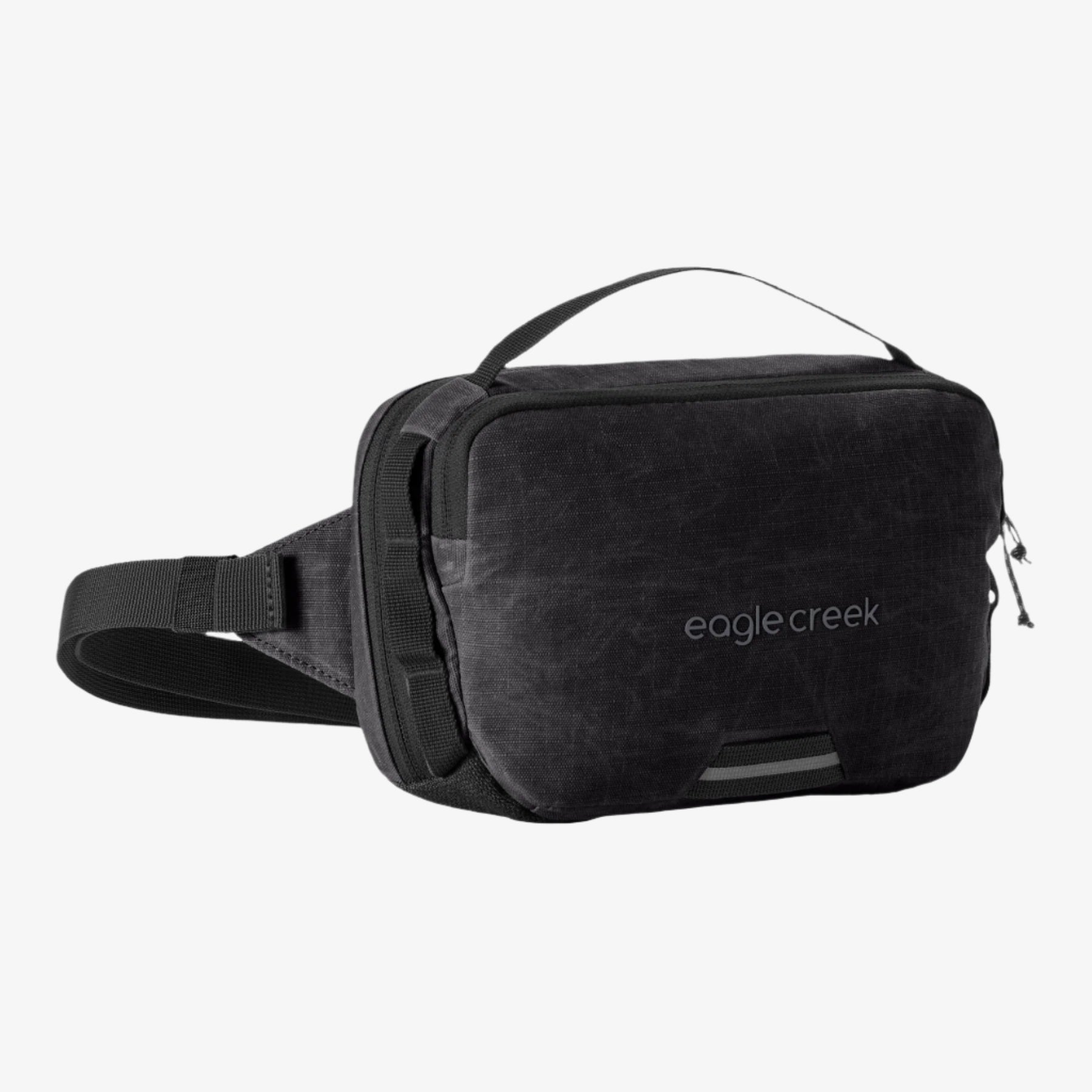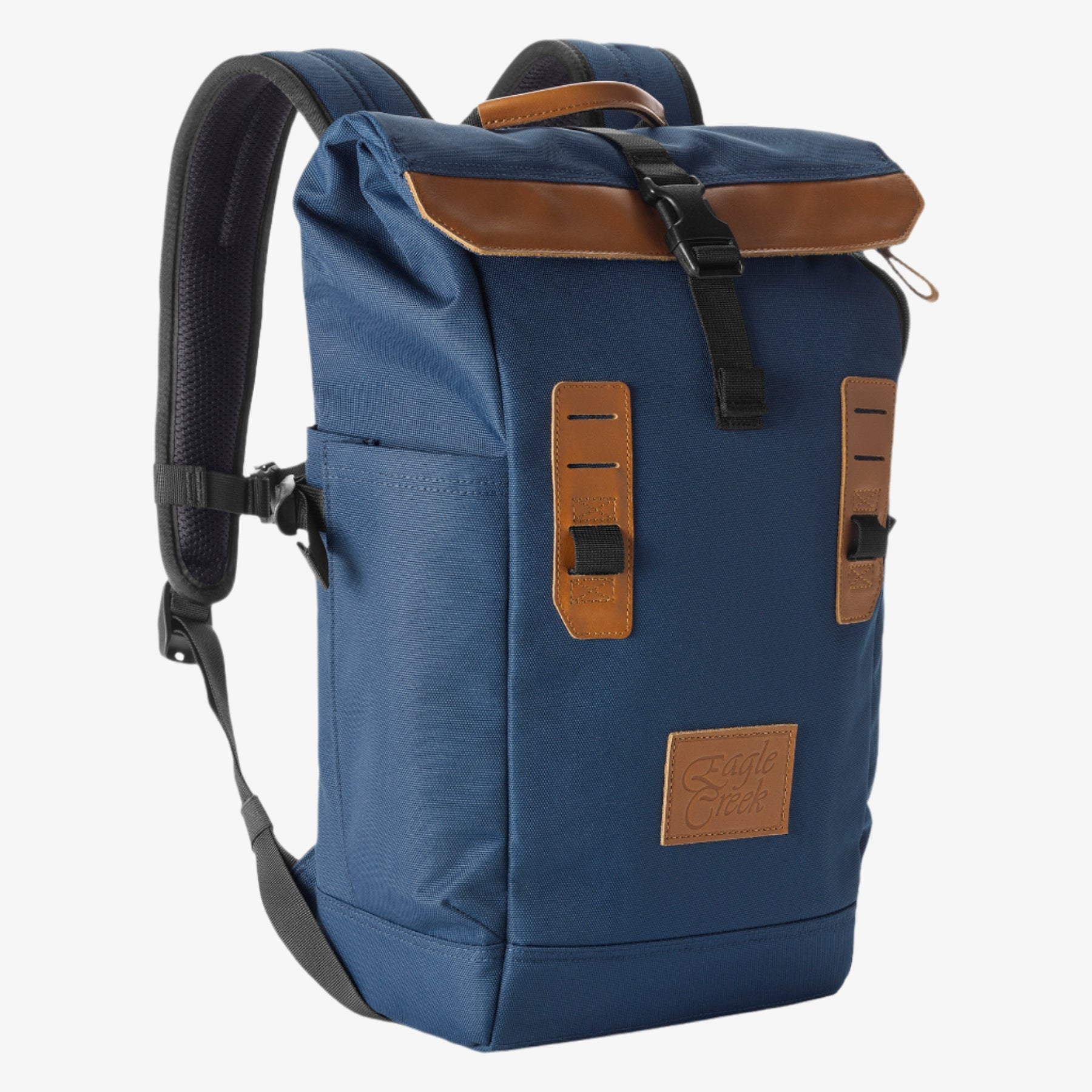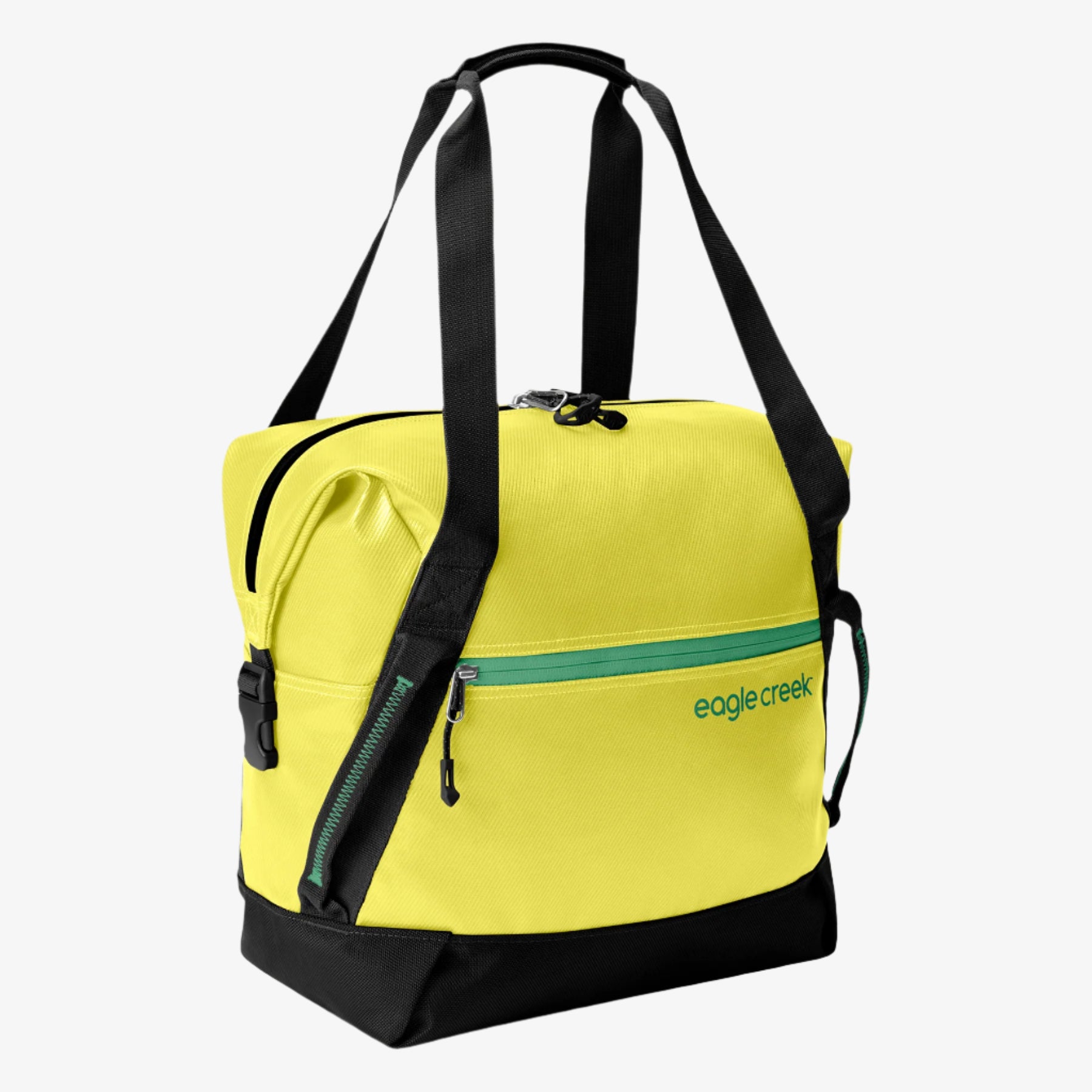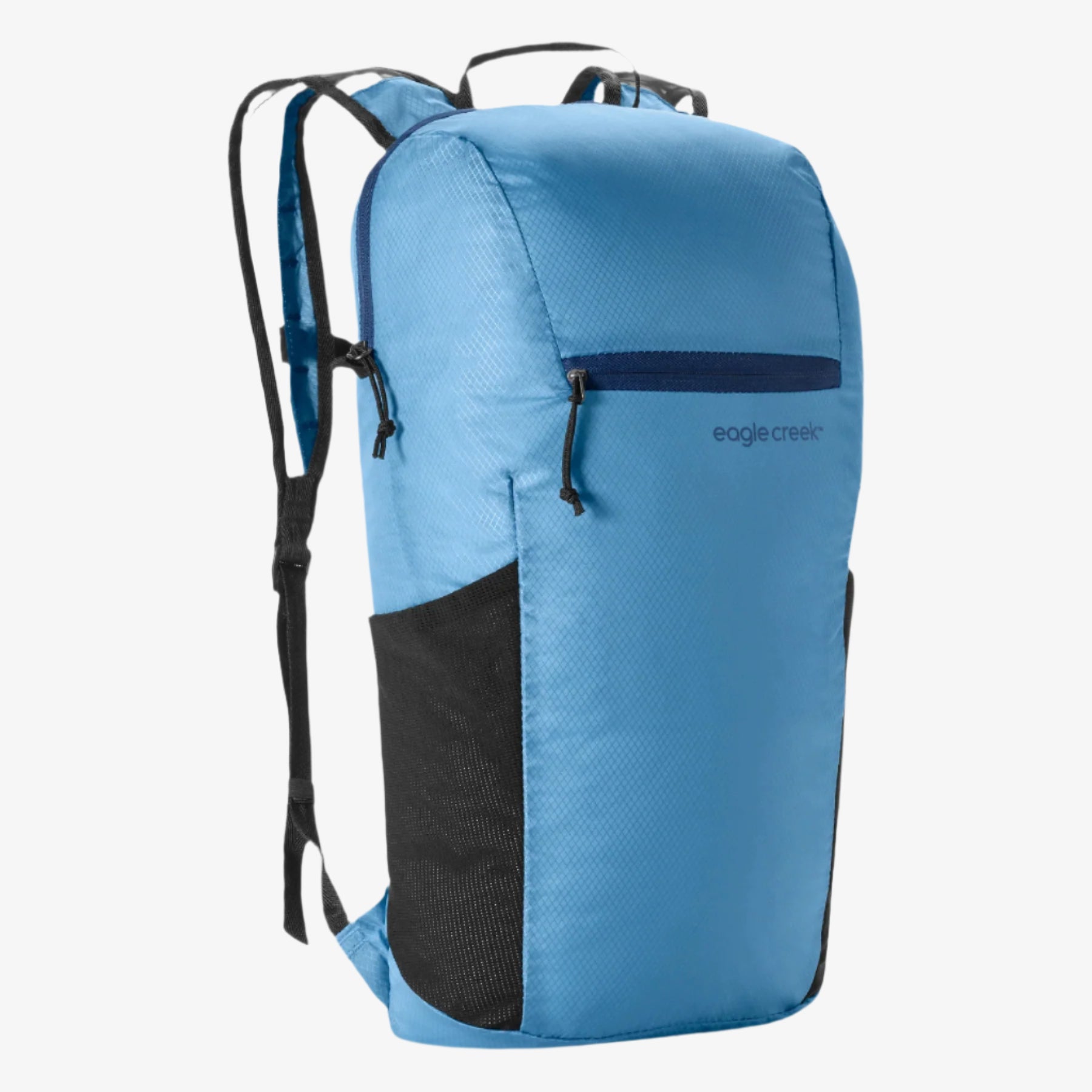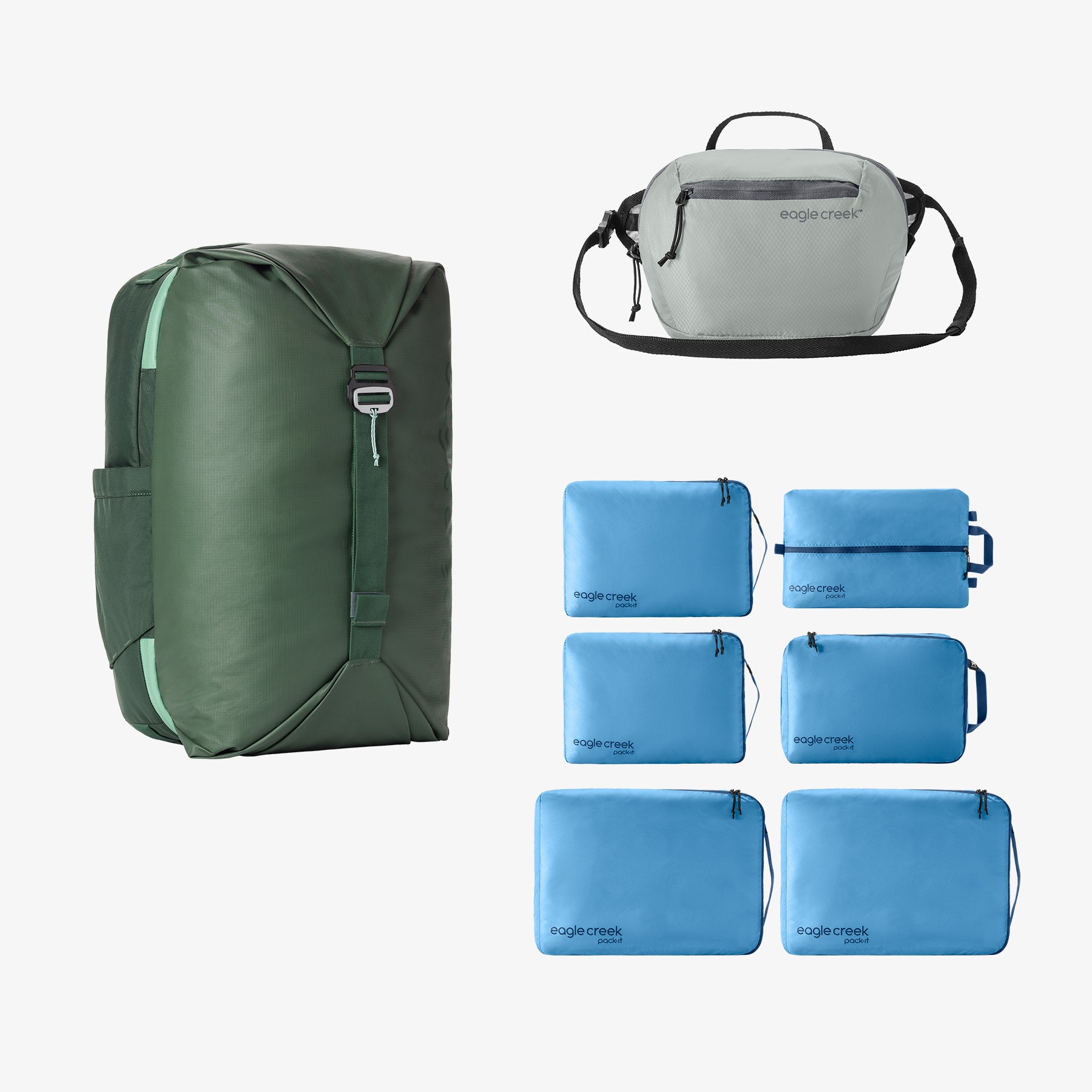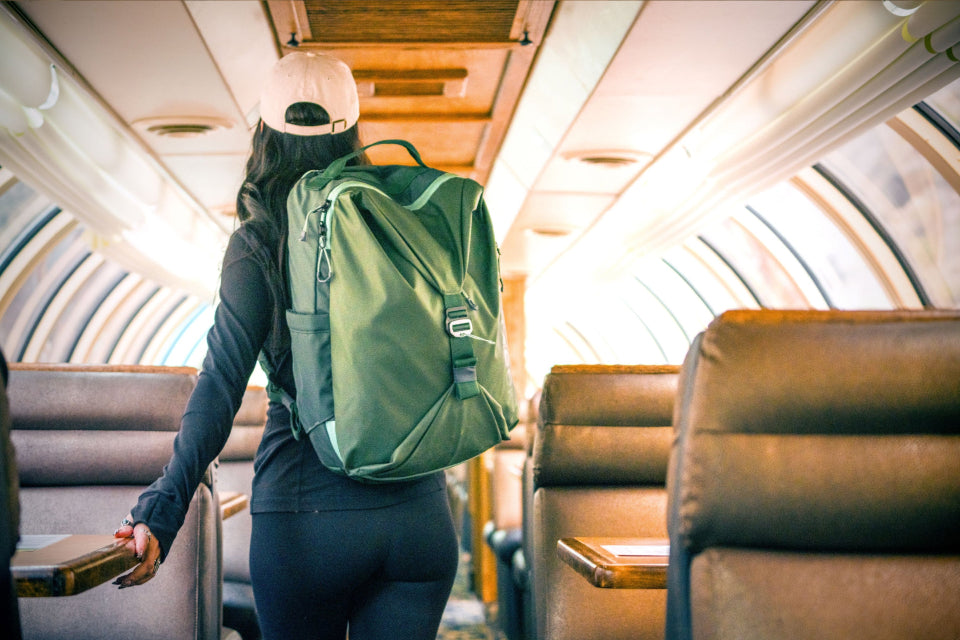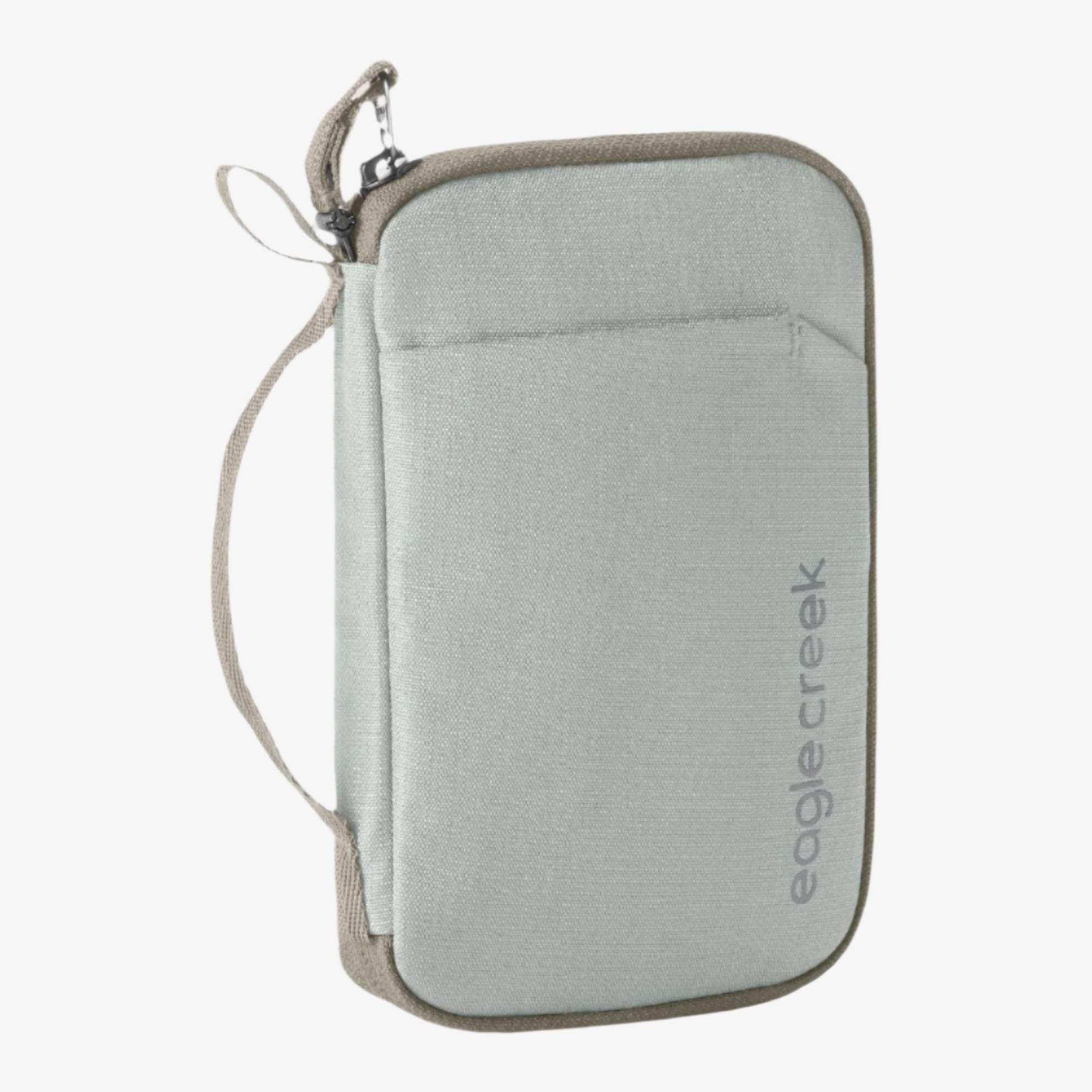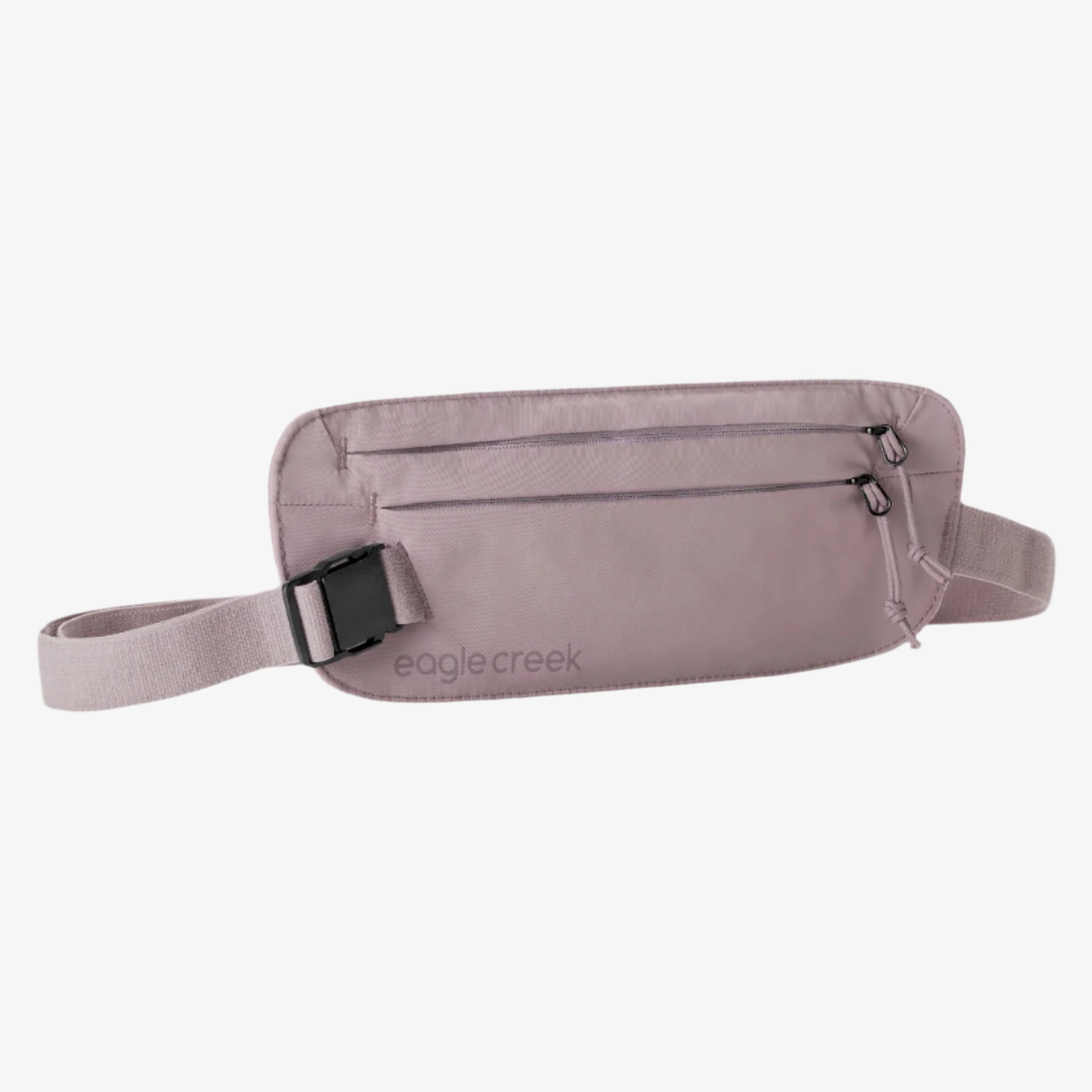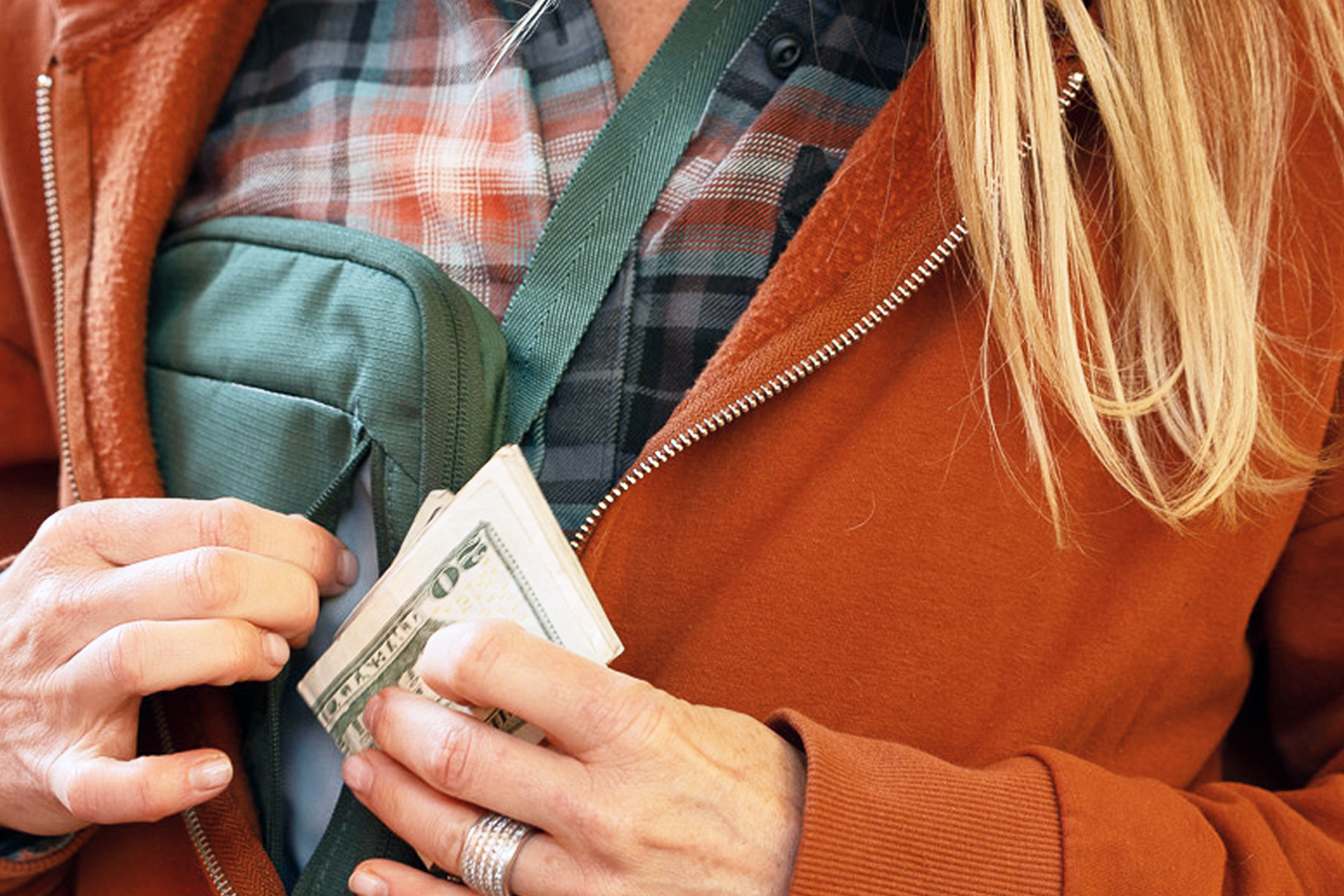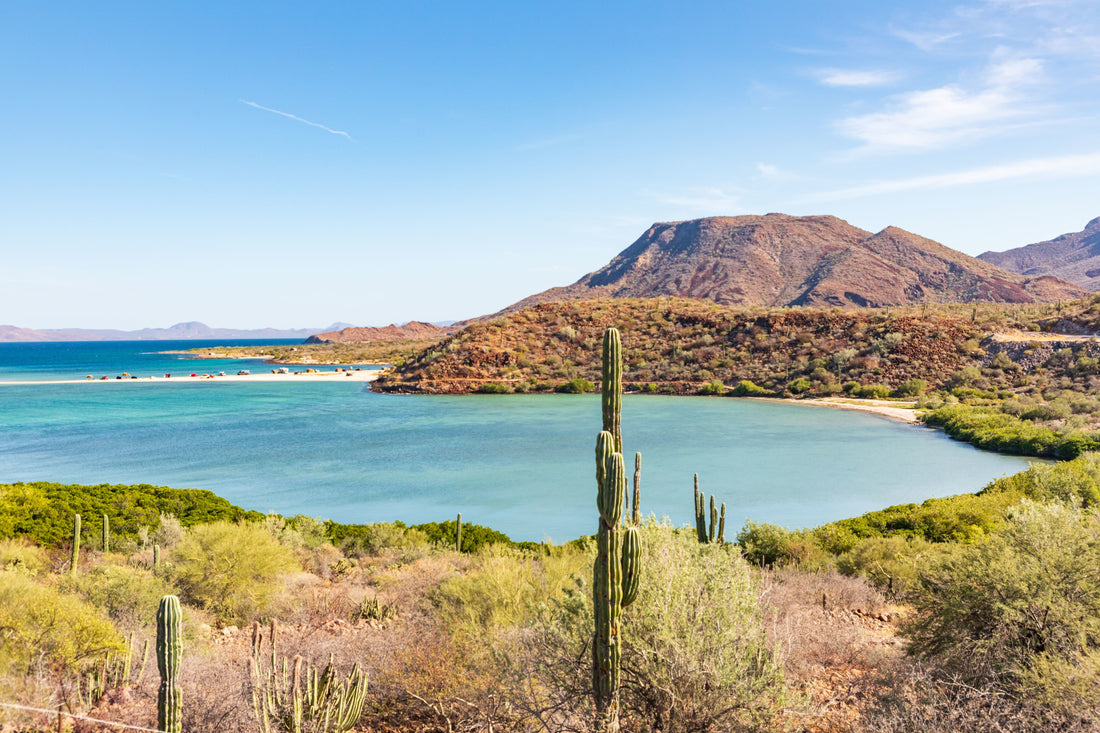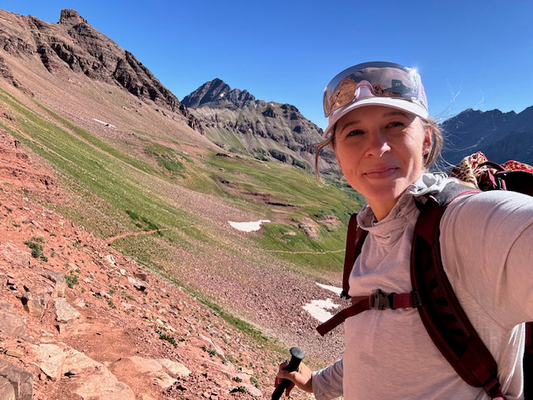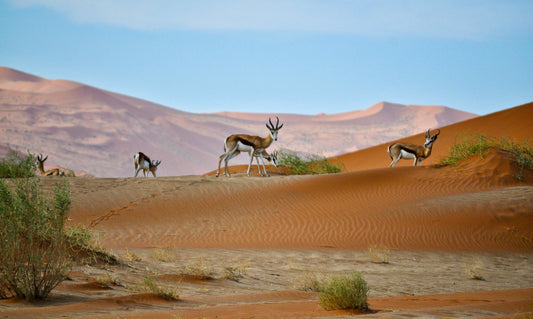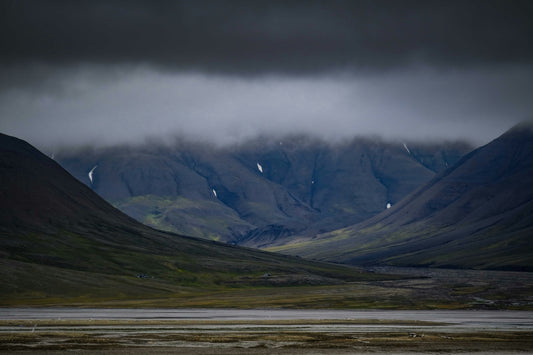One of the many perks of living in Southern California is having an international border crossing right down the street from us. So, when we need to scratch our travel itch but don’t have the means to jump on a plane and traverse the globe, there’s an adventure waiting for us just a few miles south.
Once your passport is packed and you’re ready to head south, here is a flexible 3-day itinerary to follow to make sure you see and experience as much as you can.
The Otay Mesa border crossing from San Diego and Tijuana is one of busiest international borders in the world, with over 300,000 people passing into Mexico each day. Before packing the car to the brim and heading south, there are a few logistics to plan out first.
Driving in Mexico
Sure, you can fly, take a cab, or even walk across the border. But taking your own car filled with friends and snacks is the way to go to maximize freedom and flexibility. The roads and laws of Mexico are similar to that of the US, but it’s best to have maps, GPS, and planned destinations before crossing the border.
If it’s your first time driving into Tijuana, I would recommend studying up a bit on the map so you know where you’re going. Unless you have an international plan on your phone, you’ll lose service once you get in Tijuana. So, either make sure you have maps printed or buy the added international service for the few days. If you’re heading out on some roads for your first time, I would highly recommend having cell service for GPS navigation.
It’s also useful to purchase Mexican car insurance, which is an add-on to your domestic plan, since your standard plan probably does not cover any incidents in Mexico. This insurance can be purchased online ahead of time here or at many of the car insurance offices in San Ysidro, just north of the border. International insurance coverage usually costs about $20-$30/day.
Depending on where you are going, expect some dirt roads, sand, etc. so an all-wheel drive or 4x4 vehicle is definitely useful, especially the further south you head. (Note: Most rental car companies do not allow you to take a rental into Mexico, however Budget Rental Car does, as long as you purchase the Mexican insurance.)
Day 1
When heading through the San Diego / Tijuana border, you have 2 options for the border crossing: the main San Ysidro crossing or the Otay Mesa crossing, which is just a few miles east. Since we were headed east towards Tecate, the Otay Mesa border was the way to go. Once we crossed into Tijuana, we drove Highway 2 to Tecate, then Highway 3 to Guadalupe Valley.
Guadalupe Valley is the well-known wine region of Mexico—sort of like the Napa of Mexico. In Guadalupe, there are literally hundreds of wineries to visit. From large operations to family run wineries, there’s plenty to eat and drink at an extremely affordable price compared to the U.S. We chose to eat and stay at a unique hotel called Encuentro Guadalupe, which boasts some very distinctive hut-like rooms built into the hillside, as well as a delicious restaurant and tasting room. A few of the other popular wineries I’d recommend visiting are Vinos LA Cetto, Deckmans, and Vina de Frannes. If you’re into wine, Guadalupe Valley should 100% be on your bucket list!
Day 2
After a late evening sitting around the fire, playing guitars, and sharing stories, we woke up early to head to the coast. We got an early start on the day and enjoyed a stunning sunrise overlooking Salsipuedes Bay from Mirador Salsipuedes, which is just north of the city of Ensenada. We skipped downtown Ensenada on this trip, but if you have some time to explore the city, it offers a great, friendly atmosphere filled with great restaurants and artisan shops.
Next we drove over to the local trailhead at El Salto and whipped out the climbing gear for some rappelling. El Salto is a beautiful valley that is only about a ½ mile hike from the trailhead. We stopped at a few points along the trail to climb some rocks and explore the area before making our way up to the top of the cliffs. During the weekend, you can pay a few pesos to have someone help you rappel down the cliff, but on a quiet weekday morning, we were the only ones there. So, we geared up and rappelled into the valley for some deeper exploring. During the wet season, there can be a 200 ft+ tall waterfall here, but we had no such luck during the dry season.
With a need to escape the heat of the valley, we headed back towards the coast to check into our Airbnb for the night. We stayed in the neighborhood of Castillo del Mar, but a few other popular places to stay in the Rosarito area are Las Gaviotas (home rentals) or Las Rocas (resort). Although Las Rocas is a personal favorite of mine, the peer-to-peer rentals like Airbnb in Baja are a great way to book housing – especially if you’re traveling with a larger group of 5-10 people or more.
After settling into our home for the night, we drove just a few kilometers south to the small fishing town of Puerto Nuevo, which is famous for their lobster dishes. In fact, they’re so well known for their lobster that around the world that you can order lobster to be prepared ‘Puerto Nuevo style.’ We enjoyed an early dinner in town and rushed back to our spot by the beach to squeeze in a surf before the sun went down.
Day 3
If you surf, taking advantage of the light winds and great surf conditions in the early morning is always the way to go. After a dip, we headed to downtown Rosarito for some breakfast. The town is slow to wake up, so most food joints aren’t open until 8am. We ate at El Nido, a nice breakfast place right on the main strip of Rosarito. Then we walked the streets for a few blocks to shop at some of the sidewalks stores, before heading to Popotla to check out the scene there.
Popotla is a small fishing village right on the ocean where you can drive your car down to the beach to grub on some fresh seafood. On Sundays, the beach is jam-packed with Mexican families grilling their fresh catch straight from the ocean. After filling our bellies and collecting some gifts to come home with, we headed back north to San Diego.
There is usually quite a long line at the San Ysidro boarding-crossing. On a weekend, you can expect a 2+ hour-long wait, but to avoid the long lines we headed back to the Otay Mesa border-crossing again. It takes a bit longer to reach this crossing, but well worth it to save a few hours.
Have any other tips for traveling in northern Baja? Leave them in the comments below!
Related links (from Eagle Creek blog):
